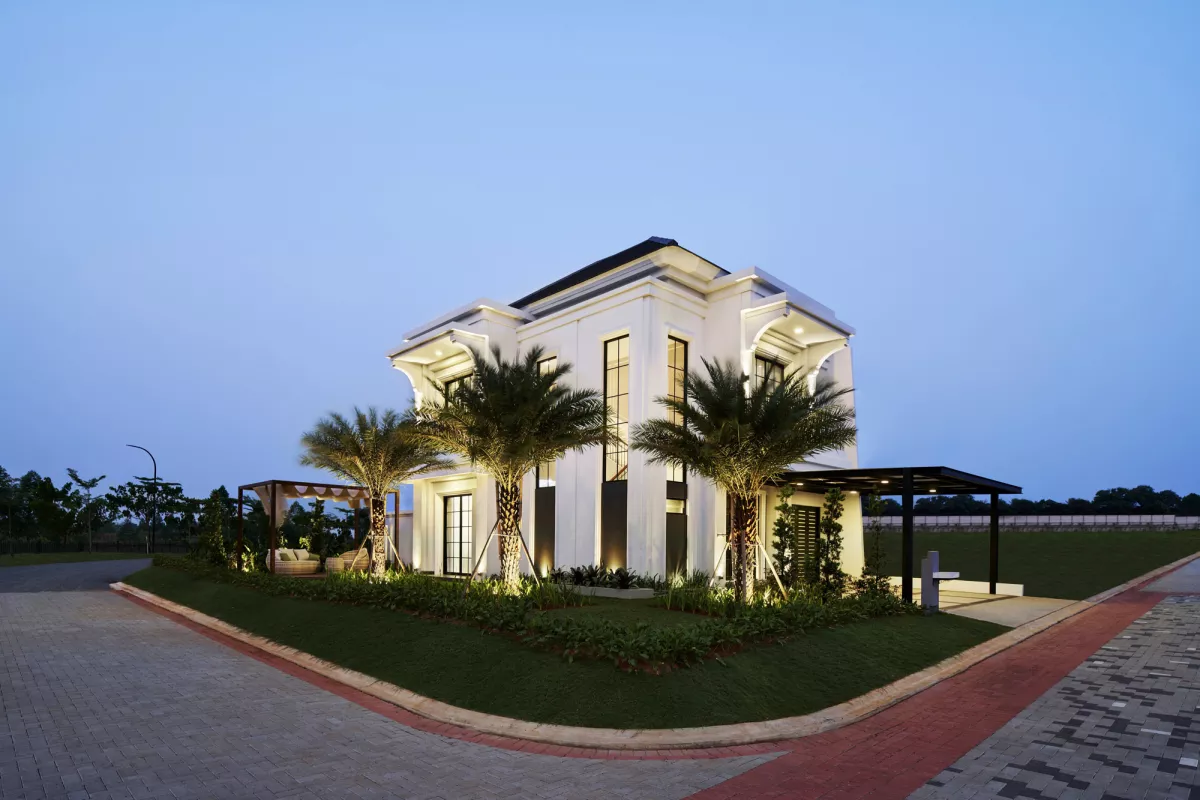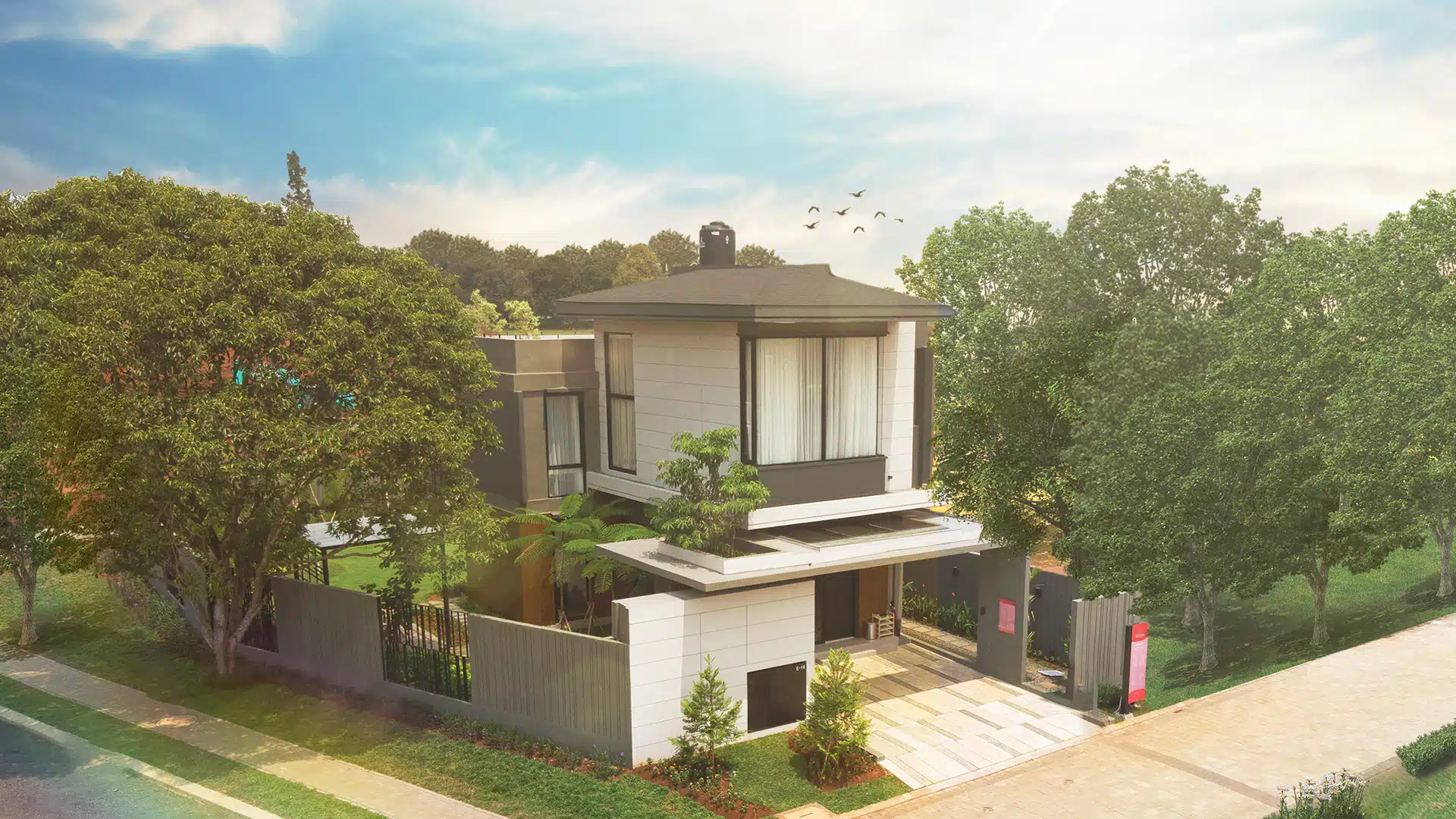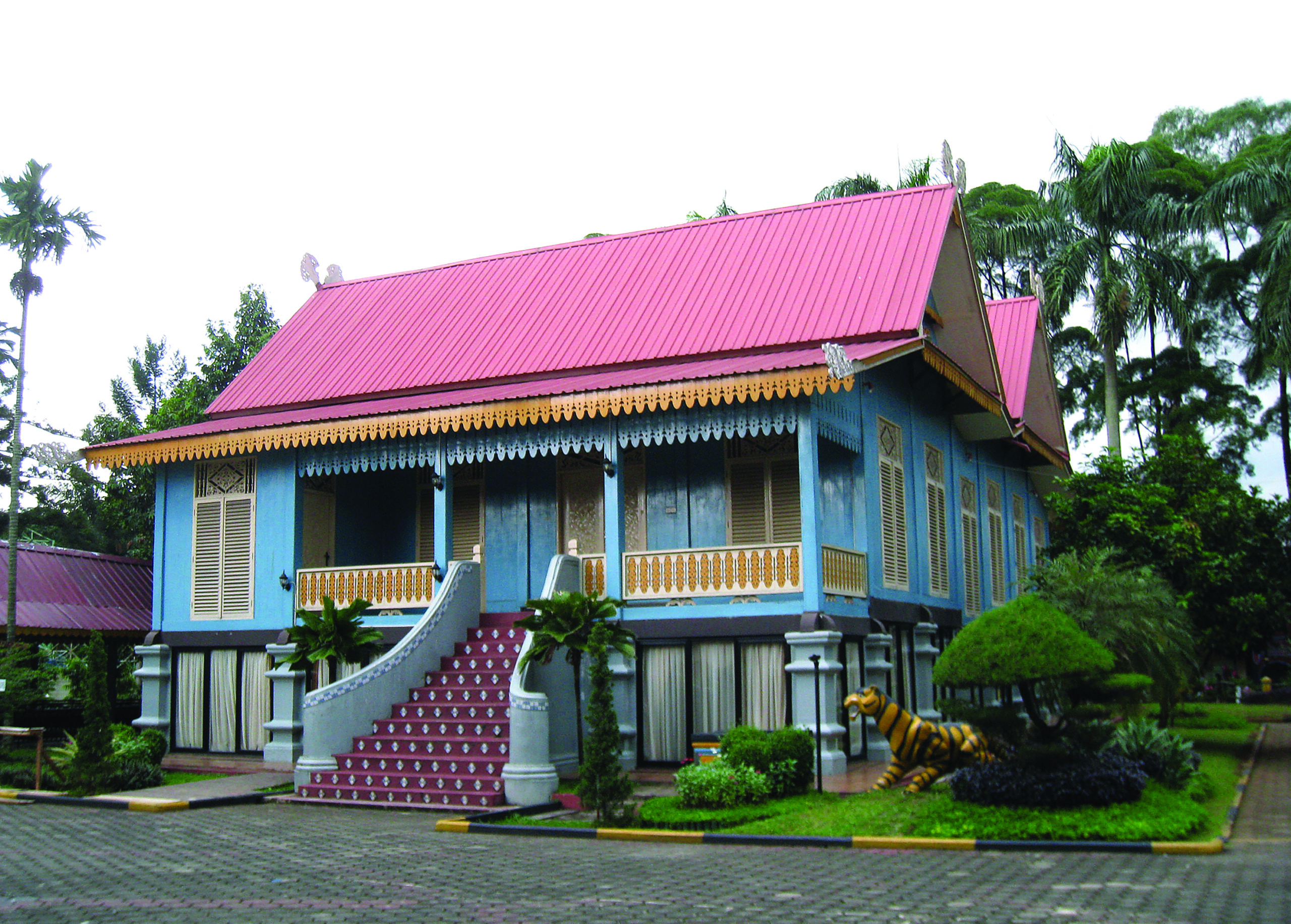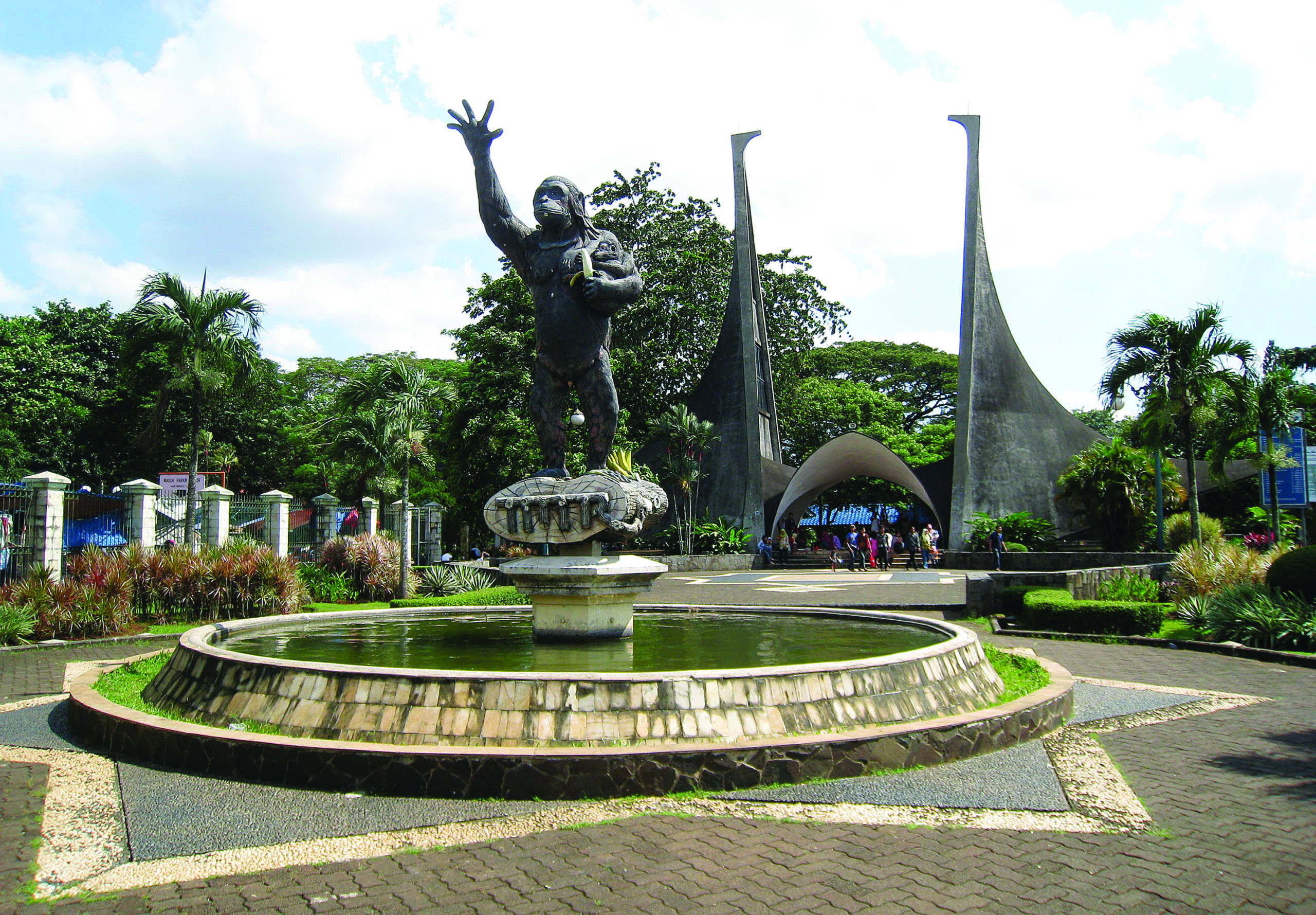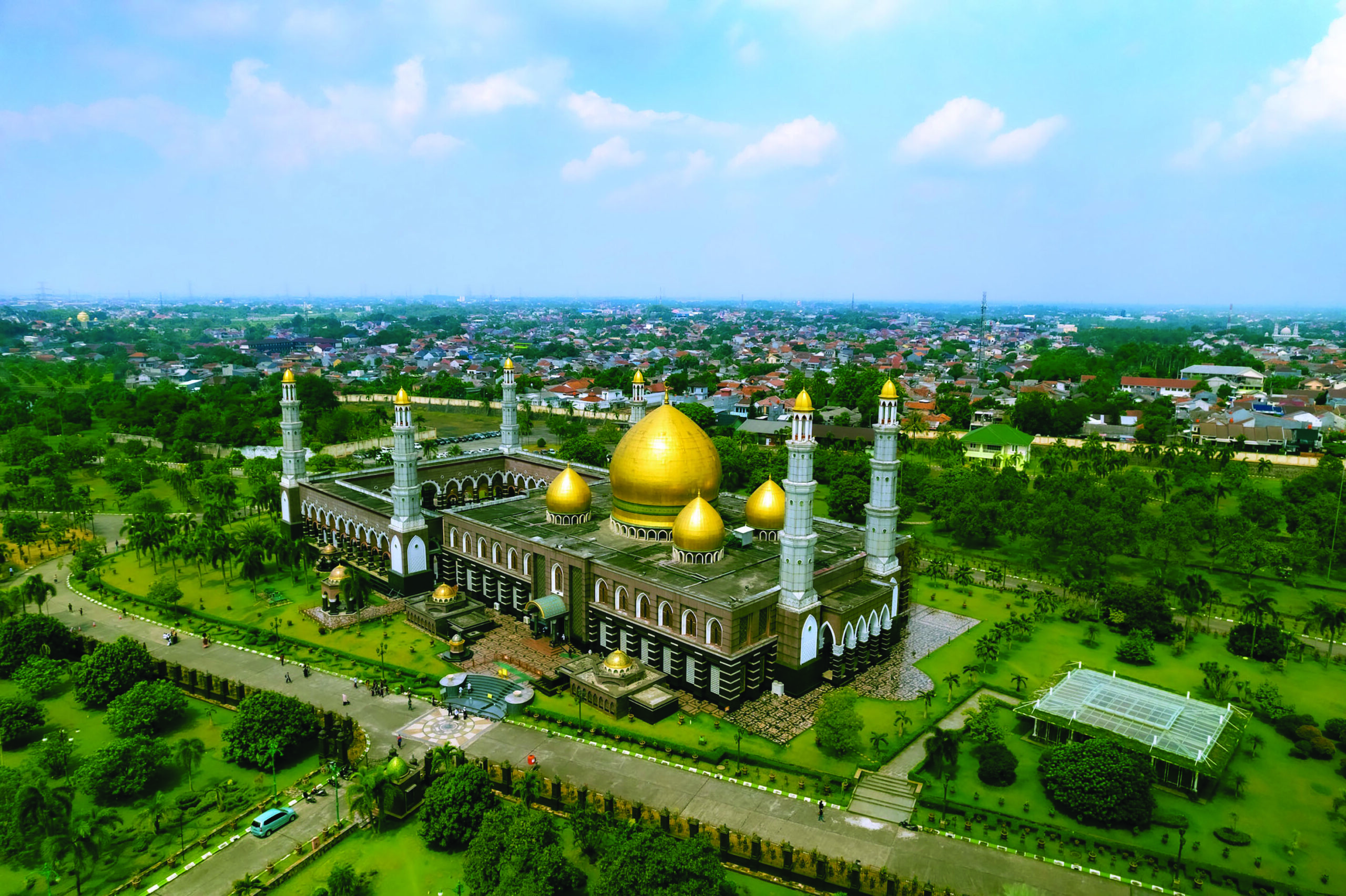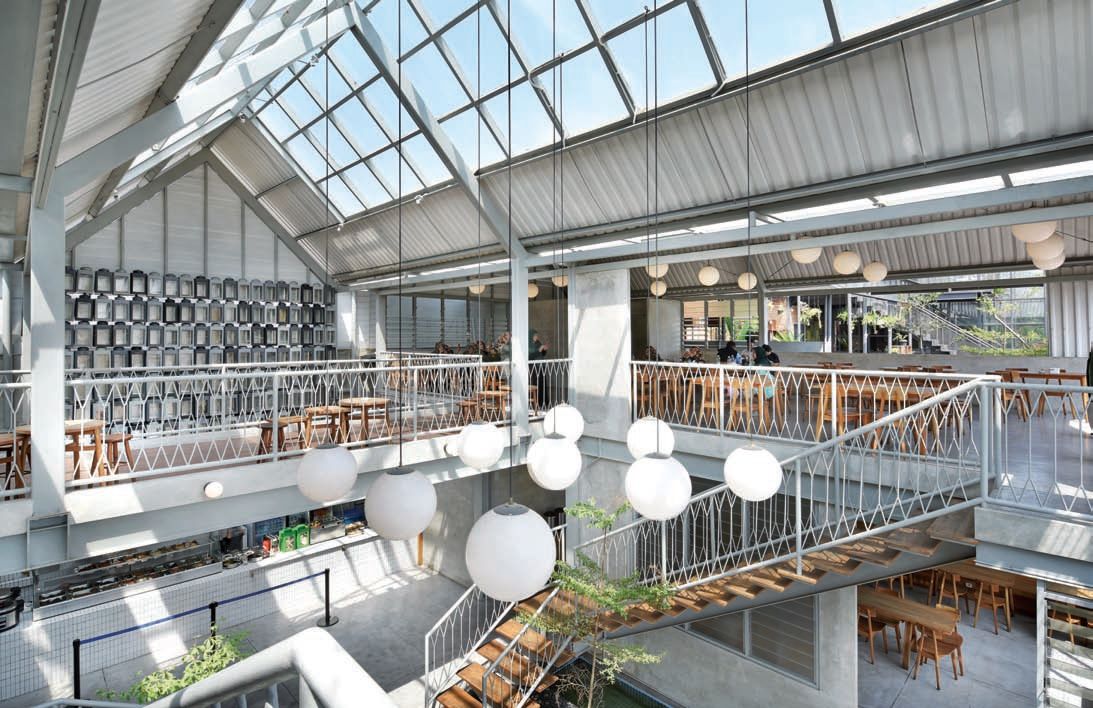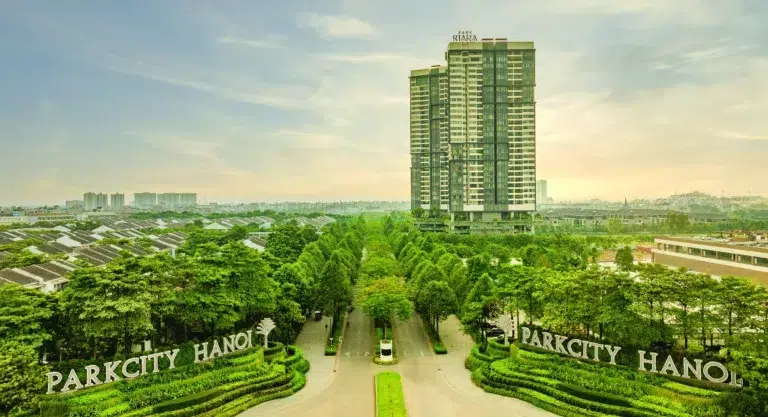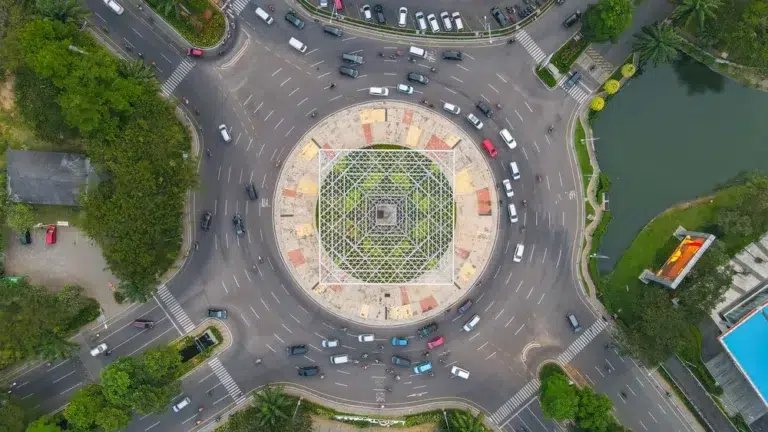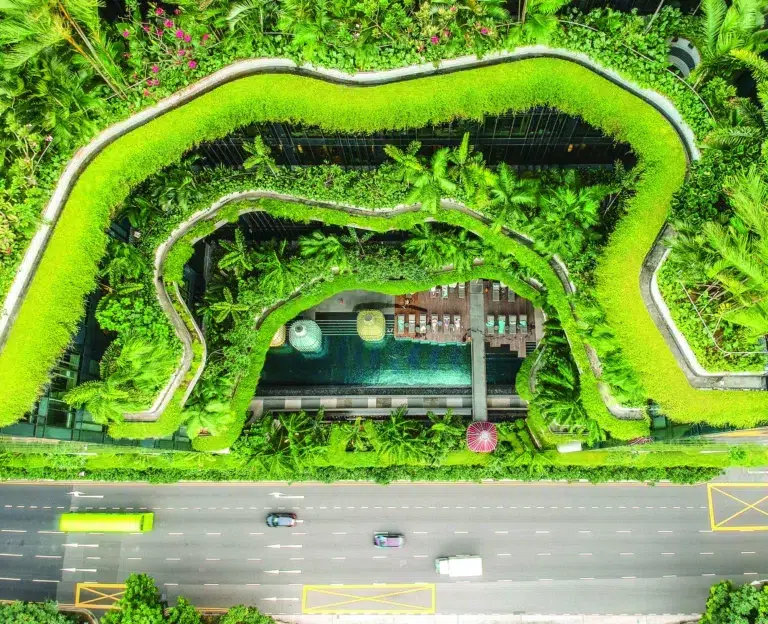6 spots to visit in Jakarta’s sought after neighbourhood of Depok
A hub for shopping and education near Jakarta, Depok is becoming a much-coveted address for real estate investors
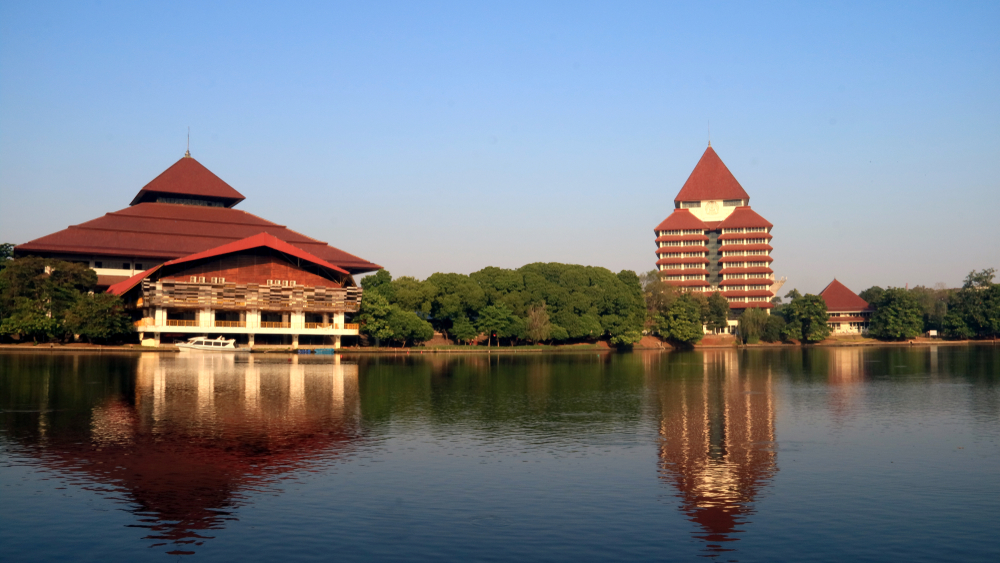
A crowded city-within-a-city on the eastern side of Jakarta, Depok still has enough space for huge public attractions and sought-after upscale real estate. The last satellite city to be welded to the gigantic urban block that is Greater Jakarta, Depok was also the last to emerge when it seceded from Bogor in 1999. To outsiders, it might still be obscure. But it’s still among Indonesia’s top 10 most populous cities in its own right. Despite it being decimated in 1945 during the Indonesian National Revolution, rapid reconstruction allowed the city to flourish in the 80s and 90s, and Depok is now one of Jakarta’s most important hubs for shopping and education, home to numerous private language schools and universities. The city shuttles thousands of commuters daily, so its desirable new residences are becoming much-coveted addresses within the metropolis.
Cimanggis Golf Estate
A work in progress that’s scheduled for completion early next year, this neatly landscaped, eco-forward development is well placed to benefit from local transport links for venturing within and beyond Jakarta. The 660-unit gated community will feature an extensive indoor market and other retail outlets, while sporting facilities in the vicinity include the eponymous golf course, gym, basketball court, tennis court, and swimming pool. The estate itself uses smart features and digital systems in its advanced lighting techniques. Interior design from Pandega Desain Weharima veers towards the minimal, with beige and cream tones most prominent in the twostorey townhouses
Shila at Sawangan
This project comprising 411 semi-detached and detached modern family houses has an uncommonly high proportion of forested and arboreal coverage (55%), lending the impression that this downtown locale is in a more remote place altogether. Shila at Sawangan has consequently proven a big hit with Depok dwellers who cherish tranquility and green space—even extending to the units themselves, which feature a garden between the ground-floor living room and bedroom. The wood, concrete and glass material combination helps ventilation to circulate and sunlight to flood living space, while add-ons like a double garage, dual kitchen, and private roof deck further entice punters.
Taman Mini Indonesia Indah
First dreamt up in 1975 by then president Suharto’s wife, “Beautiful Indonesia Mini Park” was an ambitious attempt at encapsulating all the country’s provinces— not just their architecture, but their inhabitants’ culture and clothing—in one theme park surrounding a lake. Over time, more amusements were added such as cable cars, museums, a cinema, and theatre. After the secession of East Timor in 2002 and eight more provinces were created (making the total 34), space had to be found for newcomers like Bangka-Belitung, West Sulawesi and West Papua. Somehow builders made room for numerous plant gardens, religious buildings, and children’s areas too. An epic undertaking if one considers the exhaustive construction involved, TMII embodies Indonesia’s ethnic and religious harmony, and remains among Greater Jakarta’s biggest tourist destinations even today.
Ragunan Zoo
The oldest zoo in the country, this rainforest park was established in 1864 and is one of Greater Jakarta’s largest public spaces at 147 hectares. For a century, it sprawled across legendary painter Raden Saleh’s private land in Cikini in central Jakarta, before burgeoning resident numbers forced a relocation; it’s now home to 2,290 animals and 335 species. Ragunan is particularly strong in the bird department, while rare and endangered mammals such as the Bornean orangutan, babirusa (deerpig), Javan rusa deer, Komodo dragon, and Sumatran tiger complement the Indonesian creature quotient. In this crowded area of Greater Jakarta filled with infrastructure and malls, the zoo also provides muchneeded breathing space, with some 50,000 trees giving plenty of shade for walkers, joggers and visitors to reconnect with the natural world.
Dian Al-Mahri Mosque
Also known as the Golden Dome Mosque for obvious reasons, Depok’s most treasured and largest religious place of worship is also its most beautiful. Its minarets and solid-gold domes—their centrepiece resembling Agra, India’s Taj Mahal—tower above a building that’s capable of holding 20,000 worshippers. The six minarets are hexagonal, with small 24-karat golden domes at their tallest point that symbolise the Islamic pillars of faith. Ornate to the finish, the decorative interior features a series of chandeliers imported from Italy, with a relief above the imam’s residence also made of 18-karat gold. What’s most surprising—aside from the mosque’s staggering dimensions and lavishness—is that it dates back only 17 years, having originated in a successful land purchase by a Javan businesswoman in the early noughties.
Warung Kopi Nako
In Depok City, Jalan Margonda Raya is undisputed foodie central with a reputation for spicy dishes. This principal artery hosts most of the top restaurants, including an intriguing hospital-themed eatery where wait-staff are dressed as nurses. Warung Kopi Nako is far from outlandish, but the greenhouse-like structure does flaunt one of the city’s most spacious interiors—a pale colour scheme bathed in natural light— making a desirable backdrop to your coffee break. This café is heaven for the young caffeinated set, with the best-selling Ice Coffee Nako Durian mixing bitter espresso with the meat (not the syrup) from the pungent fruit. Other novelty flavours are available, like Chocopresso (coffee flavoured like chocolate), Japanese Monkey (banana, milk and matcha ice cream) and the self-explanatory Banana Milk Oreo.
The original version of this article appeared in PropertyGuru Property Report Magazine Issue No. 180 on issuu and Magzter. Write to our editors at [email protected].
Recommended
Hanoi’s Park Kiara redefines urban living with green, people-centric design
Park Kiara in Hanoi is a repudiation of low-density, car-dependent suburban sprawl
ARES White Paper Volume 3: The era of adaptive reinvention
Pioneering sustainable and innovative practices in urban development
ARES White Paper Volume 2: Unravelling the power of data revolution in real estate
Insights on proptech, smart cities, and sustainable development
ARES Digital White Paper Volume 1: The fundamentals of responsible building
Green and climate heroes join forces to discuss how Asia Pacific can weather the current environmental crises and the looming effects of climate change
